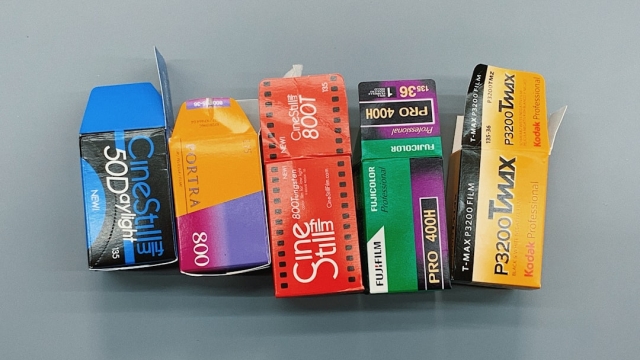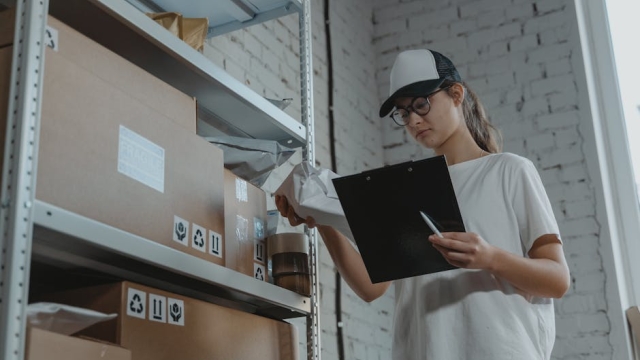Effective packaging material sourcing is a critical component of any business that relies on the distribution of products. The choice of materials not only affects the protection and preservation of your goods but also influences customer perception and brand image. Understanding the options available, selecting the right suppliers, and implementing cost-effective strategies are essential steps in ensuring that your packaging meets both functional and aesthetic needs.
Understanding Different Types of Packaging Materials
There is a wide variety of packaging materials available, each suited for different applications. Recognizing the characteristics and benefits of these materials can significantly enhance your packaging strategy.
Paper and Cardboard
Paper and cardboard are among the most commonly used packaging materials due to their versatility and recyclability. They are ideal for products that require lightweight protection. Cardboard boxes are often used for shipping, while paper wraps can be utilized for smaller items. The benefits of using paper and cardboard include cost-effectiveness, ease of printing for branding, and an eco-friendly appeal that resonates with environmentally conscious consumers.
Plastic
Plastic packaging is widely used across various industries, given its durability and moisture resistance. It can be molded into different shapes and sizes, making it suitable for everything from food products to electronics. However, the environmental impact of plastic is a significant consideration; thus, many businesses are exploring biodegradable or recyclable plastic options. Understanding the specific type of plastic, such as PET or polypropylene, is essential for effective packaging material sourcing.
Glass
Glass packaging offers a premium perception and is commonly used for beverages, cosmetics, and gourmet foods. It is non-reactive, preserving the quality of the product inside. Although more expensive and heavier than other materials, glass can enhance brand image and is fully recyclable, appealing to sustainability-focused markets. It is vital to source glass packaging from reliable suppliers to ensure quality and safety standards are met.
Metal
Metal packaging, particularly aluminum and tin, is often used for food and beverage products. Metal containers are durable and provide an excellent barrier against light, air, and moisture. They are also fully recyclable, making them a popular choice among environmentally aware consumers. When sourcing metal packaging, consider factors like weight, cost, and the supplier’s capacity to provide customizations.
How to Choose the Right Supplier for Your Packaging Needs
Selecting the right supplier for packaging material sourcing is crucial for maintaining quality and consistency in your products. Here are some key factors to consider:
Reliability
Your supplier should have a proven track record of delivering materials on time. Delayed shipments can disrupt your production schedule and lead to lost sales. Establishing a solid relationship with a dependable supplier can help mitigate these risks.
Pricing
While cost is an important consideration, it should not be the sole factor in your decision-making process. Look for a supplier that offers competitive pricing without compromising on quality. Request quotes from various suppliers and compare the value they provide, taking into account factors such as bulk discounts and payment terms.
Quality Assurance
Ensure that the supplier adheres to industry standards and regulations. Request samples to evaluate the quality of the materials before making larger orders. A supplier that prioritizes quality can help you maintain your brand’s reputation and customer satisfaction.
Cost-Effective Strategies for Sourcing Packaging Materials
Implementing cost-effective strategies for packaging material sourcing can lead to significant savings for your business:
Bulk Purchasing
Buying packaging materials in bulk can lower per-unit costs and provide a buffer against price fluctuations. If you have the storage capacity, consider making larger purchases to take advantage of these savings. This strategy can also simplify the ordering process, reducing the frequency of reorders.
Exploring Local Suppliers
Local suppliers can often provide competitive pricing and shorter lead times. Additionally, sourcing materials locally can reduce transportation costs and lead to a smaller carbon footprint. Building relationships with local suppliers can enhance communication and service levels, leading to more tailored solutions for your packaging needs.
Utilizing Online Resources
Many online platforms connect businesses with various packaging suppliers. These platforms allow you to compare prices, read reviews, and find materials that meet your specifications. Utilizing these resources can streamline your packaging material sourcing process and uncover new opportunities.
In conclusion, effective packaging material sourcing is an essential aspect of product distribution that influences both operational efficiency and customer satisfaction. By understanding the types of materials available, selecting the right suppliers, and implementing cost-effective strategies, businesses can enhance their packaging processes and support their overall success. For further assistance in finding quality packaging materials, consider exploring options available through specialized suppliers.






